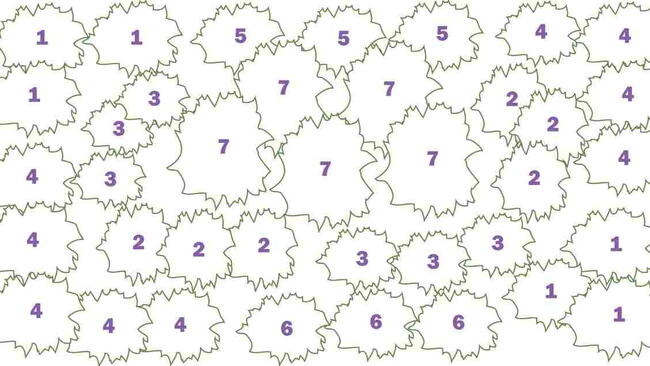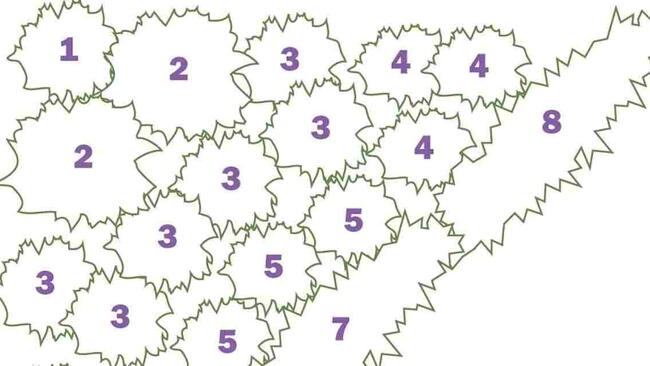
Caption
Astilbe plant with pink feathery plumes of flowers growing in the garden
Your guide to planting, growing, and caring for shade-loving perennials that brighten up any garden
Read Next
Types
Popular astilbe hybrids include …
- ‘Fanal’, for its dark green foliage and dark crimson flowers; about 1-1/2 feet tall.
- ‘Irrlicht’, for its dark green foliage and elegant white flowers; up to 2 feet tall.
- ‘Venus’, for its bright green foliage and bright pink flowers; up to 3 feet tall.
- ‘Visions’ has strong stems, green leaves, thick raspberry flowers, and is more drought tolerant.
Gardening Products
More Like This
If astilbe leaves are curling and turning brown, this is usually drought stress. Astilbe need very moist soils in shady spots. Water consistently to keep soil moist (not soggy); add organic mulch to keep the roots cool and moist. Water the plant regularly and only allow the top one inch of the soil to dry out between irrigations.
As soil warms in spring (such as around May, depending on your location), you should see sprouts appear within 1 to 3 weeks. Often, bare root plants may bloom the first year, but will be stronger, more established during the second year. If your plants are showing no signs of growth, it could be that they did not survive over winter--you might, however, wait a month or so just to be sure.
Here are a few problems that can happen during planting:
1) Cold/frost injury: It's usually recommended that you plant bare root astilbes in spring. In very warm zones, such as Texas or California, the vendor may recommend planting in January/February; middle zones, around March and April; and northern zones, around April or May. This is so that the roots will not be injured by winter cold/spring frosts before the plant becomes established. Fall planting can also be done, with care to protect the crown. Be sure to plant crowns about 1 or 2 inches below the surface.
2) Drying out: Astilbes do not like to dry out. That's why planting in summer is not recommended. When receiving bare root plants, try to plant them immediately or keep the roots moist. Ideally, a moist, well-drained spot in part to full shade is best. In especially warm climates, deeper shade is recommended, or you'll need to pay close attention to keeping the soil moist (but not waterlogged).
Hope this helps!
- « Previous
- 1
- 2
- …
- 10
- Next »











Comments